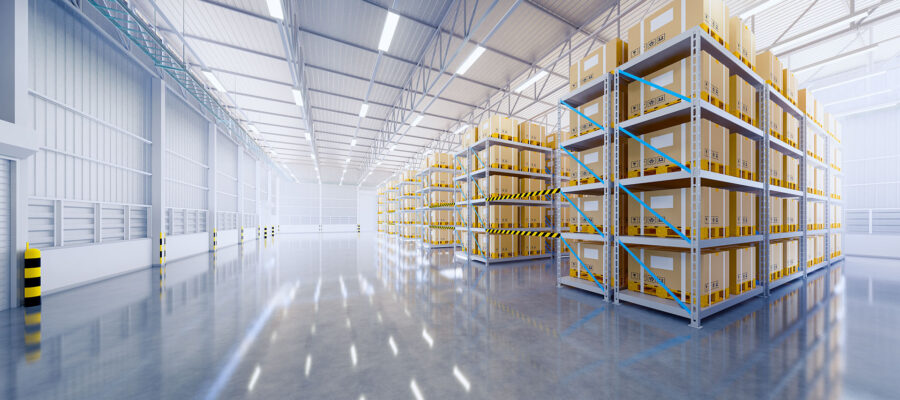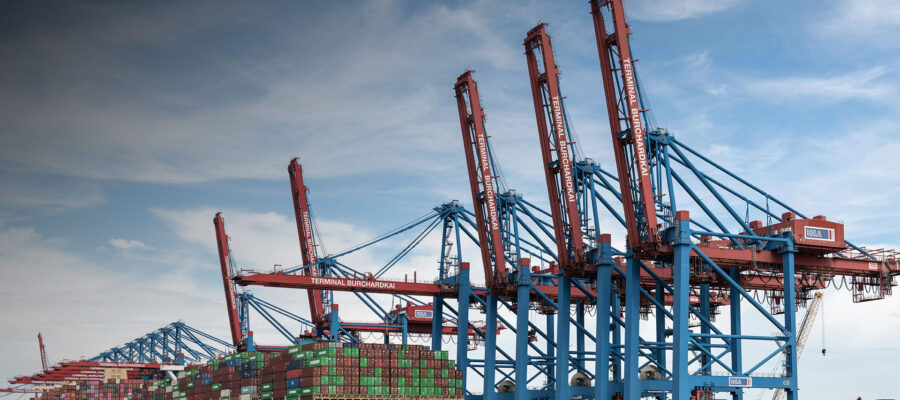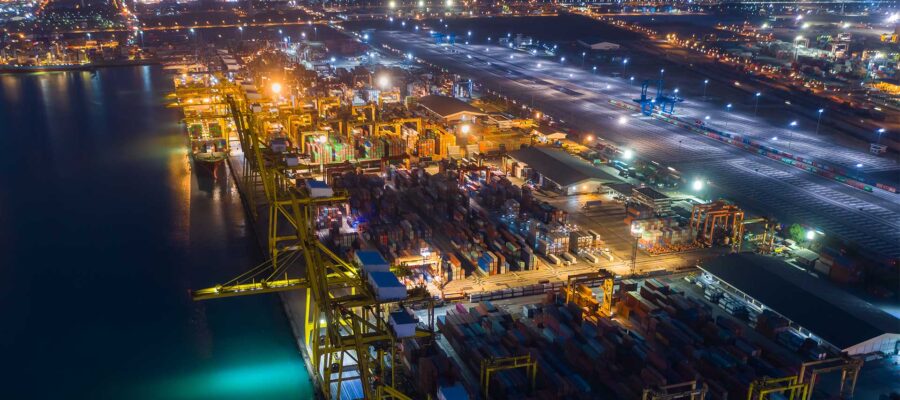This post has already been read 23884 times!
With customer demand for faster delivery rising and supply chains under pressure, retailers are exploring Micro Fulfillment Centers (MFCs) as a potential solution. These compact, automated facilities offer the promise of faster order fulfillment, reduced labor dependency, and better urban logistics, if implemented correctly.
As retail becomes increasingly omni-channel, fulfilling online orders profitably and quickly has become a strategic priority. MFCs offer a way to move high-demand inventory closer to consumers and fulfill orders using robotics and automation, often at a lower cost and higher speed than traditional methods.
What Is a Micro Fulfillment Center?
A Micro Fulfillment Center (MFC) is a small, automated warehouse, typically ranging from 5,000 to 25,000 square feet, located close to the customer, often in urban areas or even inside existing stores. These centers rely on technologies such as automated storage and retrieval systems (ASRS), robotics, and AI- driven software to fulfill online orders quickly and efficiently.
Unlike traditional fulfillment centers, which are large (500,000+ sq ft) and serve wide regions, MFCs are designed for hyperlocal order fulfillment, with a strong focus on speed and efficiency.
Why Are Retailers Exploring MFCs?
There are a number of reasons that MFCs are being considered and implemented.
Meeting the Speed Demands of E-commerce
Today’s consumers expect same-day or even under-one-hour delivery. According to a 2023 McKinsey report, 75% of U.S. online grocery shoppers expect orders within 24 hours. MFCs, positioned closer to customers, help retailers compress the fulfillment timeline to meet these expectations
Improving Labor Efficiency
With rising labor costs and shortages, retailers are turning to automation. MFCs powered by robotics can reduce the need for manual picking. According to Takeoff Technologies, robotic MFCs can pick items up to 10x faster than human workers in-store.
Reducing Cost Per Order
Automated MFCs enable batch picking, better inventory control, and more efficient last- mile logistics. Ocado Group estimates a 25–40% reduction in fulfillment cost per order in automated centers compared to manual picking.
Leveraging Existing Real Estate
By placing MFCs inside or near retail stores, companies can repurpose underutilized space rather than investing in expensive new warehouse construction particularly valuable in dense urban areas where real estate is at a premium.
Are Micro Fulfillment Centers the Next Frontier in Retail Logistics? Share on XWhat to Consider Before Investing?
Despite their promise, MFCs aren’t a fit for every retailer or region. Key factors to consider include:
High Upfront Investment: Building a robotic MFC isn’t cheap. Walmart’s Alphabot MFCs reportedly cost \$5–10 million per location. The investment must be balanced against expected volume and long-term savings.
Demand Density Matters: MFCs work best in urban, high-demand areas where order volumes can justify the operational cost. In lower-density or rural regions, the return on investment is harder to achieve.
Technology Integration Complexity: MFCs must integrate with existing order management, warehouse, inventory, and e-commerce systems. Without proper systems integration, the efficiencies of automation can be lost to operational friction.
Limited SKU Capacity: Due to space constraints, MFCs can’t stock the full breadth of a retailer’s catalog. Retailers must focus on high-velocity SKUs and rely on upstream facilities or stores for the long tail of inventory.
Retailers That Found Success with MFCs
Leading retailers have found MFCs to be advantageous in speeding up the supply chain and improving customer service.
Walmart: Walmart launched its Alphabot-powered MFCs in partnership with Alert Innovation to improve grocery pickup and delivery. In initial pilots, robotic picking cut order assembly time by 20% and significantly improved accuracy and customer satisfaction.
Albertsons: Albertsons partnered with Takeoff Technologies to open MFCs that cut order turnaround times by 60% and tripled picking productivity compared to manual methods. The company focused on high-demand urban areas to maximize ROI.
Carrefour: Carrefour collaborated with French robotics startup Exotec to launch MFCs in Paris and other cities. These centers supported 3-hour delivery windows, positioning Carrefour competitively against Amazon Fresh and other rapid grocery delivery services
Retailers That Pivoted Away from MFCs
Target: Target explored MFCs but ultimately leaned into a store-as-hub model. Today, over 95% of its digital orders are fulfilled directly from stores, using store staff and backroom staging. The company found this approach more cost-effective given its expansive store footprint.
Amazon Fresh: Amazon tested MFC-like systems for grocery but shut down several Fresh fulfillment locations in 2023. Reasons included high real estate costs and insufficient demand in some urban areas.
Loblaws: Canadian grocer Loblaws trialed MFCs with Takeoff but paused further expansion. Executives noted that manual, store-based fulfillment was currently more scalable and cost-effective given Canadian market dynamics.
Are MFCs the Future of Fulfillment?
The answer: yes, for the right retailer, in the right context. MFCs can be a game-changer in grocery, pharmacy, quick commerce, and dense urban markets where delivery speed is a major differentiator.
Retailers that succeed with MFCs tend to:
- Align location strategy with demand density and delivery radius
- Right-size automation to expected volume
- Focus SKUs on high-frequency items
- Ensure integration with existing tech and operations
Others may find that hybrid models such as smart backrooms, dark stores, or enhanced in-store picking offer more flexibility with lower capital risk.
As customer expectations rise and fulfillment becomes more complex, Micro Fulfillment Centers offer a compelling path forward but only with the right strategy. Retailers must evaluate their market conditions, cost structure, and operational capabilities carefully before investing.
Are Micro Fulfillment Centers the Next Frontier in Retail Logistics? Share on XRecommended: Omnichannel Fulfillment Should Make Your Inventory Smarter. But Is It?
References & Sources
- McKinsey & Company, “Online Grocery Report” (2023)
- Takeoff Technologies, Case Study Briefs (2022)
- Bloomberg, “Amazon Retreats From Fresh MFCs” (June 2023)
- RetailWire, “Albertsons Expands MFC Pilots” (2022)
- The Globe and Mail, “Loblaws Pauses Automated Fulfillment” (Nov 2022)



